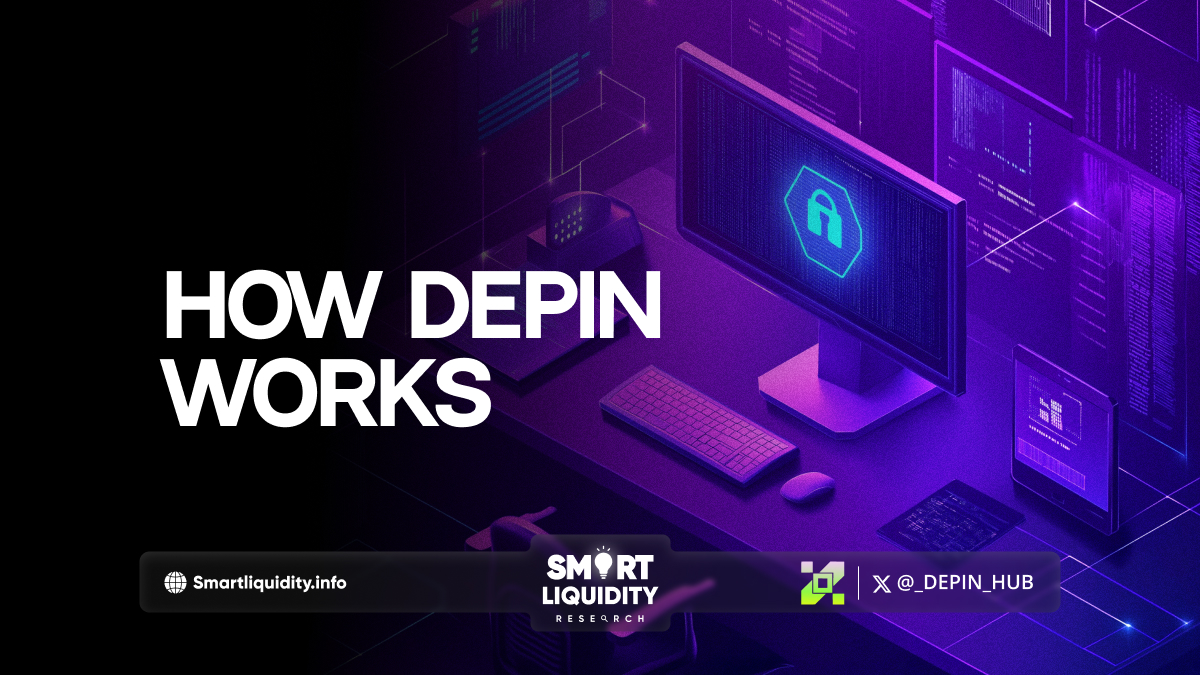How DePIN works


How DePIN Works
DePIN, short for Decentralized Physical Infrastructure Networks, represents a new wave of Web3 innovation that connects real-world infrastructure with blockchain technology. It allows individuals and organizations to contribute physical resources—like storage, bandwidth, sensors, or energy—into a decentralized network, earning crypto rewards in return.
At its core, DePIN replaces centralized infrastructure providers with community-driven alternatives. For example, instead of relying on a single company for cloud storage, a DePIN network like Filecoin distributes data across thousands of user-contributed devices. These contributors, or “nodes,” are incentivized with tokens based on their reliability, uptime, and service quality.
Smart contracts play a crucial role in automating rewards and enforcing rules. Users interact with DePIN services via blockchain applications, ensuring transparency, efficiency, and censorship resistance. This model not only lowers costs but also increases access, especially in underserved regions.
Projects like Helium (for wireless connectivity) and Render Network (for GPU rendering) showcase how DePIN can transform industries by decentralizing infrastructure that was once expensive and exclusive.
As the Web3 space matures, DePIN is emerging as a powerful concept bridging digital and physical worlds—creating systems that are more resilient, fair, and community-owned. It’s a bold step toward democratizing access to infrastructure globally.
DISCLAIMER:
“The information provided on this platform is for general informational purposes only. All information on the platform is provided in good faith; however, we make no representation or warranty of any kind, express or implied, regarding the accuracy, adequacy, validity, reliability, availability, or completeness of any information on the platform.”




